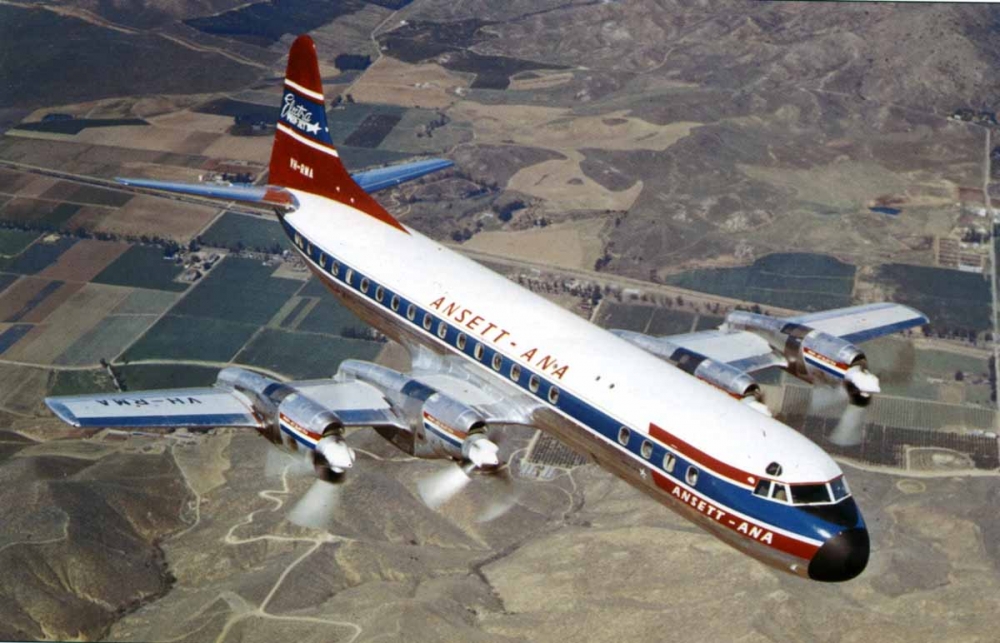50 years of domestic jet travel
29 December, 2013
3 min read


Fifty years ago next year, the Beatles toured Australia, Melbourne won one of the great Grand Finals by just four points and Aussies took home a paltry $39 a week. And fifty years ago an air travel revolution started with jets introduced onto domestic services replacing slower prop-jet Electras.
At the time the cost of air travel was prohibitive, with the return fare from Perth to Sydney at $210 – more than five times the average weekly earnings. In today's equivalent that would be a staggering $7,255. But in 1964 a loaf of bread only cost 15 cents and a quart of milk about the same.
Ansett-ANA and Trans Australian Airlines both took delivery of their first 131-seat Boeing 727s in October 1964 and they also ordered the smaller DC-9 twin-jets. TAA called its 727s and DC-9s Whispering T-Jets, referring to the fact the plane’s jet engines were positioned at the rear of the plane and they had T-tails.
While the re-engine configuration made for a quieter cabin, for airport residents the sound was anything but whispering with both types of jet impacting an area of up to 51sq km with high noise levels. The 727 and DC-9 are today banned from Australian airports because of their noisy engines.
While passengers loved the smoother jet ride above most of the weather – meal time was slim pickings with just coffee and sandwiches on offer on domestic services. Competition was heavily regulated by the government’s Two Airline Policy which dictated that both airlines purchased the same types of planes and flew identical schedules. Innovation was scant, although the airlines were consistently profitable.
However the efficiency and economy of the jets started to impact airfares and by 1981 domestic flying was only a quarter of the cost it was in 1964. Around this time the government started to loosen its grip on airline regulation with both airlines buying differing equipment and experimenting with new flights.
TAA ordered 250-seat Airbus A300s while Ansett ordered 767s, 737s and 727-200LRs. In-flight innovation also resulted with in-flight music and hot meal services.
At the end of 1980s the government deregulated the airline system and fares plummeted but so did the airlines.
The first new airline Compass lost its way by charging return fares as low as $200 to Sydney from Perth when the standard return fare at the time was $600.
In the late 1990s the government allowed a foreign owned airline to operate domestic services and Virgin Blue was born. Fares plummeted as Virgin hired eager staff that were paid half that of the incumbent airlines.
Ansett failed, leaving the field to Qantas which had absorbed Australian Airlines (TAA) in 1994 and Virgin Blue.
Today Australians, who earn on average $1,455 a week, enjoy what is unquestionably the world’s best domestic airline system. And the regular return fare to Sydney is around $400 –and often a lot less during seat sales.
Air travel has soared from 3 million in 1964 to 56 million for the year to October 2013.
Get the latest news and updates straight to your inbox
No spam, no hassle, no fuss, just airline news direct to you.
By joining our newsletter, you agree to our Privacy Policy
Find us on social media
Comments
No comments yet, be the first to write one.


